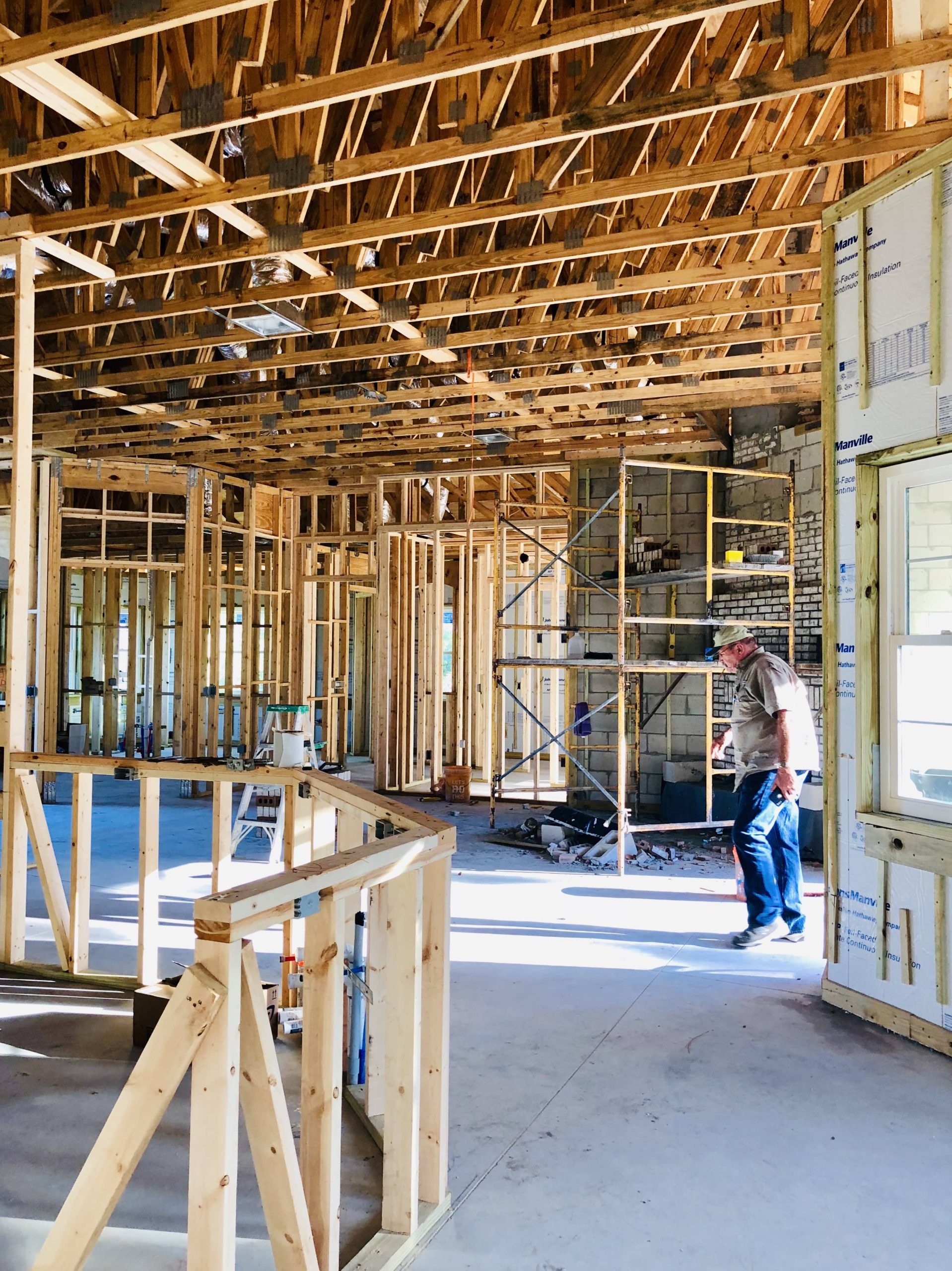
The attic, often relegated to a dusty storage space for holiday decorations and forgotten keepsakes, holds untapped potential that can add substantial value to your home. With the right touches, your attic can be transformed into a functional living area — a cozy guest room, a serene home office, or a vibrant playroom for your children. This transformation can not only increase your home’s square footage but also provide a unique, charming space imbued with character.
Assess the Space and Plan Accordingly
The first step to transforming your attic is assessing its current condition and layout. Consider critical aspects such as ceiling height, structural integrity, insulation, ventilation, and accessibility. Most building codes stipulate a minimum ceiling height of 7 to 7.5 feet over at least half of the usable floor area. Check local codes to ensure compliance.
If your attic doesn’t meet these standards, you might need to structurally alter the roof or floor, which can be complex and costly. However, if these changes aren’t feasible, you can still work creatively with what you have.
Enhance Accessibility
Access is a fundamental element when considering an attic conversion. Most attics are accessible through pull-down ladders or narrow staircases, neither of which are conducive to seamless living space. Consider upgrading to full-size stairs if possible. Although this can be a considerable investment, it enhances the space’s usability and safety.
Prioritize Proper Insulation and Ventilation
Attics often suffer from extreme temperature variations. To create a comfortable living space, insulation is crucial. Properly insulating your attic will not only make it more livable but also increase energy efficiency, potentially lowering your heating and cooling costs. Traditional fiberglass batts or blown-in cellulose are popular choices, but spray foam insulation might offer a superior thermal barrier.
Ventilation is just as important as insulation. Proper airflow prevents issues like moisture build-up, which can lead to mold and mildew. Incorporating roof vents, attic fans, or soffit vents can significantly improve air circulation.
Illuminate with Natural and Artificial Light
Lighting can dramatically influence the ambience of your attic conversion. Begin by assessing natural light sources. Skylights or dormer windows are excellent additions for maximizing natural light, bringing warmth and brightness to what might otherwise be a dark, forgotten space. They can also offer stunning views and add architectural interest.
Complement natural light with well-placed artificial lighting. A combination of ambient, task, and accent lighting, such as recessed lights, pendant fixtures, or wall sconces, can create a welcoming atmosphere while also addressing the practical needs of the space.
Design with Purpose
Defining the purpose of your attic conversion helps guide design choices. Whether you envision a guest bedroom, a home office, or a yoga studio, your space’s function will dictate its layout and furnishings.
Consider incorporating multifunctional furniture to maximize the space. A sofa bed can adapt a home office into an occasional guest room. Built-in storage or shelving can take advantage of odd angles or nooks, keeping clutter to a minimum. Opt for light-colored, airy furniture which can make small spaces feel larger and more open.
Flooring and Soundproofing
Flooring is a critical, often overlooked aspect of attic conversions. Opt for materials that are both visually appealing and functional. Hardwood flooring adds warmth and a polished look, while carpeting is soft underfoot and provides additional soundproofing. Laminates and engineered wood offer a cost-effective alternative that’s still durable and attractive.
Soundproofing is particularly important if your attic is above sleeping areas. Extra insulation in the floor can reduce noises, while rugs or carpets, along with underlays, provide additional sound absorption.
Incorporate Stylish Décor Elements
Completing your attic conversion with the right décor can bring your vision to life. Use the architecture of the attic to your advantage by highlighting its unique features. Exposed brick or beams can provide a rustic charm. Wall hangings or artwork can draw the eye to areas of interest while adding personality and warmth to the space.
Plants can thrive in the often-warm conditions of an attic, adding elements of nature and improving air quality. Use mirrors to enhance natural light and create an illusion of a larger space.
Harness Your Creativity
Your attic conversion is the ideal canvas to express your creativity and design aspirations. If traditional design ideas don’t fit your style, remember that attics can support unconventional uses. Consider creating a mini-library, an art studio, or a music room — spaces where creativity thrives and a little seclusion can be beneficial.
Conclusion
Transforming your attic into a functional living area is a rewarding project that offers both immediate enjoyment and long-term benefits. A well-planned and beautifully designed attic can enhance your home’s livability and attractiveness, while also adding to its value. With thoughtful assessment and creative design, you can turn your once-unused attic into a cherished, functional space that reflects your personal style and meets your family’s evolving needs. Taking the leap to renovate your attic could be the best home improvement decision you make this year.













